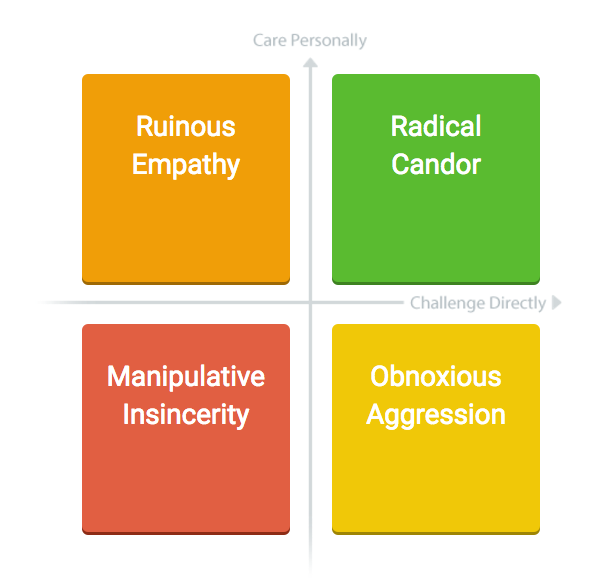What Independent Schools Can Learn from Business
Strategic planning. Strategic marketing. Strategic brand positioning. These are all critical to any independent school’s success. But does your school have strategic agility?
Last month, Jonathan Oleisky, President and Founder of Kalix Marketing, and I attended the Association of Delaware Valley Independent Schools (ADVIS) annual Trustee Conference and Networking Dinner at Springside Chestnut Hill Academy. Kalix was proud to underwrite this top-quality event with wonderful representation from independent schools around the greater Philadelphia and Delaware Valley area.
Keynote speaker Dr. Kathy Pearson, President and Founder of Enterprise Learning Solutions, spoke about the need for Strategic Agility, a topic she lectures about as Adjunct Senior Fellow, Leonard Davis Institute of Health Economics in the University of Pennsylvania’s Wharton Executive Education program and consults on to leading businesses and organizations around the world.
Dr. Pearson spoke about our changing world and the similarities she has seen across industries from technology to healthcare to education that contribute to organization’s successes. Regardless of industry, what factor contributes to an organizations’ demise or, at the very least, limited success? The failure to be strategically nimble.
How critical is it to be strategically nimble?
Remember Blackberry? Did you own or use a Blackberry device issued by your company or institution? Blackberry developed its brand as the business device of choice for its promise of security. But in 2007, Apple changed everything with the iPhone.
It wasn’t long before there were other devices promising the same level of security but with a much better user experience. Having worked directly with Blackberry during those days, I’m not surprised that the company was so internally focused and refused to see the marketplace changes that have all but evaporated from the mobile device landscape.
What makes a school, business or any organization strategically agile?
The key is focusing beyond short-term objectives to long-term goals. In education, short-term goals may be driving attendance to an open house, increasing enrollment in a particular grade or increasing participation in the annual development campaign. Long-term goals might be how to reposition the school based upon meeting the changing needs of upcoming millennials vs. focusing on what the school’s brand historically stood for that may or may not be as relevant or compelling.
Schools much track and spot trends and the key uncertainties. Dr. Pearson defines a trend as a future force in which the outcome is very predictable – a known known. In the education market this might be how demographics in the U.S. are changing where we know that Americans are becoming more racially and ethnically diverse and that Millennials are replacing Baby Boomers as the largest generation in our country. We also know that the middle class is shrinking. (Source: www.brookings.edu)
Strategically agile schools:
- Put in place a process and reward identifying and tracking both uncertainties and true market trends.
- Look at adjacent industries. For example, what is happening in higher ed? What about online, for-profit education?
- Review headlines in leading business, tech and education journals. How is the general consumer changing? How might you need to adapt your program to address the rapidly changing student as it relates to technology?
The key take-away? Be vigilant and don’t put your head in the sand!
Being strategically agile requires planning for and managing uncertainty.
An uncertainty is a future force in which the outcome in an unknown. We know that there are more “for-profit” alternative models out there for education including on-line coursework. But, it is still unclear how that may impact a traditional independent school.
To plan for and manage uncertainty, you should evaluate your recruiting and marketing plans to see if they may need some adjustment. Will you need to plan for additional financial aid? How do millennials want to be communicated to and what are their priorities in education?
How do you manage uncertainty?
Use testing and learning to manage uncertainty and risk. You will never be able to completely eliminate the risk or get complete alignment from all stakeholders so it’s most effective to make small, calculated bets and test, learn and adapt.
Create an action plan that addresses these key uncertainties. Start with a brainstorm with your board and administration to identify key trends and uncertainties that you all see. Then, look at your list of key initiatives and determine whether they are vulnerable or invulnerable to that uncertainty. This may help in your prioritization.
Be decisive. You will never have full alignment so have a process for making decisions:
- Gather the relevant information and develop alternative solutions.
- Determine early in the process who will make the final decision.
- Know when the decision will be made and give it (and stick to) a deadline.
- Know that you will still have uncertainties.
- Make your best-informed decision and move on, learn and iterate.
Create an organizational culture that is agile and promotes an environment of openness and personal caring. Kim Scott talks in his book, Radical Candor, about four types of environments. Those that are most agile and most successful are those with Radical Candor where people are encouraged and willing to speak candidly and challenge directly. These are also folks who care deeply about the organization and their role within it, so it comes from a place of sincerity and authenticity.

To fulfill their mission and continue to achieve sustainability in our rapidly changing world, independent schools are no different than any business or institution. They need to remain vigilant to trends and uncertainties, plan for both the short-term and the long-term and do so with an organizational culture that is supportive of these efforts. All influencers and stakeholders must be in this process together including the administration, educators and Trustees.
Donna Balinkie is a marketing strategy and branding expert who leads Kalix’s marketing strategy efforts and projects for clients.
Check out Donna’s other posts on How Market Research Guides Strategic Planning.
Summer Marketing Series #5: What’s Your Position on Brand Positioning?


